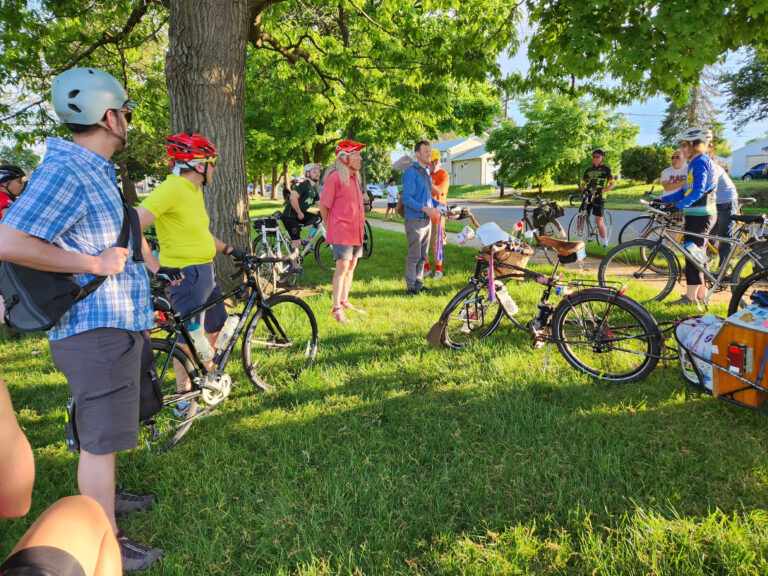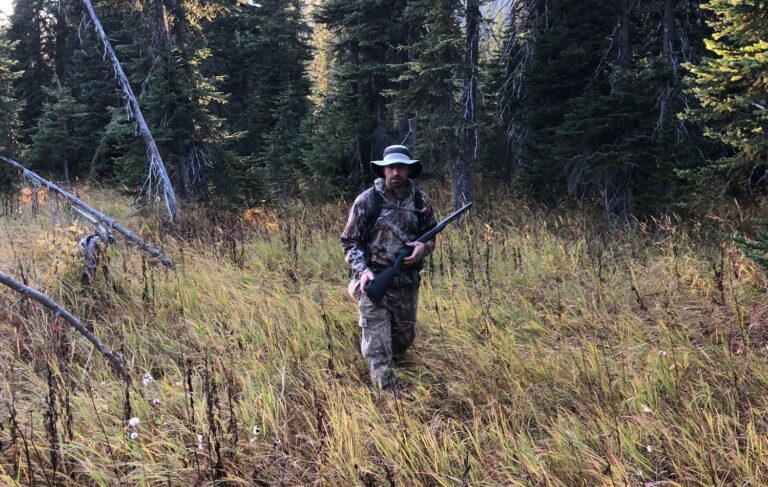Currently we are witnessing the transition of seasons which is warmly embraced in the Pacific Northwest. Common are the blue skies, crisp mornings, bright fall foliage and lingering warm afternoons. There is a contagious excitement about harvest celebrations, seasonal sport spectating and the growing list of edibles infused with pumpkin. While the majority of local residents proclaim a love of fall, a discussion of winter brings much more polarity. While there is a strong population of skiers, riders, snowshoers, mountaineers, and extreme (fill in the blank), there are almost an equal number of residents who sit in their homes, exercise within the walls of a sweaty gym or flee to warmer climates. People tend to either love or despise winter. Those residents who do not venture outside for these four months of the year often blame prolonged darkness, colder temperatures, or fear of icy driving as culprits, which leaves them grumpy and indoors. If you resonate with these feelings, I offer some recommendations to hopefully improve your winter blues. For those who love to get outside regardless of weather, but struggle to maintain a consistent workout regimen come winter, the formula below is also applicable.
Recreation & Workout Tips to Thrive This Winter
While this formula’s effectiveness is still being analyzed as a low level case study with one winter and Nordic/alpine ski loving subject (myself), I believe these tips appropriately applicable for the coming snow season for a wide range of people who love to get out in the winter as well as those who don’t.
1. Find Better Gear
Whether you’re a clothing collector with 10 pairs of workout pants or a minimalist who generally hates more stuff, a good and appropriate piece of gear can be the difference between loving or hating any winter outdoor activity. When I was a part-time ski instructor at Arapoe Basin, Colorado, I was always weary of taking on the group from Texas who arrived in loose sweatshirts and tight jeans. Both items inevitably froze into an immovable form after the first fall, leaving victims miserable and very unlikely to return to the sport. An appropriate jacket is always a good place to start (try a ski swap or local gear shop).
2. Plan a Seasonal Adventure
With five ski resorts within a two-hour drive of the greater Spokane area, along with miles of cross-country ski and snowshoe trails, you don’t have to travel far. My family weekend destination this year is targeted at a two-night stay in the Rolling Huts (rollinghuts.com) of the Methow Valley. There is access to 120 miles of groomed, interconnected trails, surrounded by more than 1 million acres of wilderness, making it the largest groomed Nordic ski trail system in North America.
3. Engage in “Purposeful Recreational Training”
We are by nature creatures of habit. This can be helpful because we can effortlessly perform daily processes without wasting valuable brain space. Yet, while habit formation can be valuable in creating good routines, in its extreme form it can take away from our ability to fully experience the value of activity or purposely train for recreation that is meaningful. It also can equally create bad routines or a lack of any exercise routine at all.
Is skiing already a favorite among your list of hobbies? You might consider yourself a slope shredder, but do your workout habits help boost your performance? At the gym, you might find yourself in autopilot, faithfully completing your three sets of 10 repetition squats, bench presses, and hamstring curls. While developed pectorals might seem like a good workout goal, it certainly does not correlate to improved performance on varied ski terrain. Or maybe a gym routine sounds repulsive to you, so instead you complete the same 5-mile running loop three times per week. While your heart appreciates your efforts, the absence of lateral movement or balance into a workout leaves you no better on the slopes.
I challenge you to enjoy this winter season and more fully experience what it has to offer with purposeful recreational training. Although similar to the popular “Functional Fitness,” which emphasizes the general coordination of muscles to accomplish daily tasks, Purposeful Recreational Training (a term I came up with) is more specific in its purpose: to prepare an athlete to maximize performance in a desired outdoor activity. (Functional Fitness can become too routine and lack intentionality or sport specificity.)
Purposeful Recreational Training should incorporate movement and action that simulate what you are going to actually do in your winter sport. One of the best ways of incorporating PRT into your life with the coming snow season is to participate in a group ski conditioning class. Such classes tailor exercise to help your body adapt to the demands of the dynamic movement occurring on the slopes. These classes also typically fill up with a group of people who are pumped about life and are crazy about strapping on boards to their feet and flying downhill in a blizzard. Physical Therapy Associates on Spokane’s South Hill offers a popular 6-week ski conditioning class on Monday and Thursday evenings at 6 p.m. starting November 2. More info: Ptassociates.net. // (Jonathan Hook)
Sample Purposeful Recreational Training Schedule
Monday: group ski conditioning class
Tuesday: 4-mile trail run
Wednesday: yoga/rest
Thursday: group ski conditioning class
Friday: hike the bluff with a backpack or child on your back (mine is available for lease 🙂
Saturday: home circuit of goblet squats, mountain climbers, push-up DB rows, DB side lunge, plank with a side leg lift. 60 seconds of work followed by 15 seconds of rest x two rounds.
Sunday: rest/family bike ride












